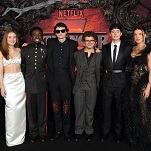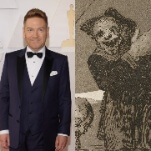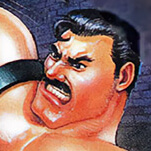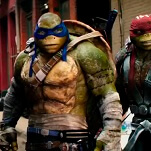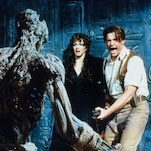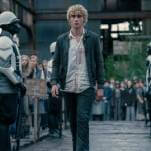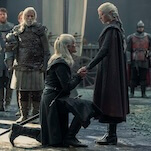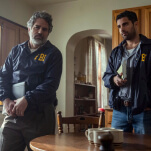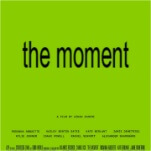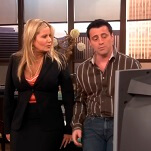Read This: The fascinating history of letterboxing movies

Letterboxes, the black boxes that appear on either the top and bottom or sides of film and television shows to preserve their original display format, have become so commonplace that most people don’t bat an eye at them. Instead, companies like Netflix have gotten in hot water from users for cropping videos that should be letterboxed. But it was not always thus, as a recent article from Atlas Obscura explains, tracing the origins of letterboxing from its early filmmaker advocates through its slow and begrudging acceptance with the film-watching public.
The reason why we need letterboxing at home in the first place is the result of a familiar story: Hollywood trying to gain an edge on new consumer technology–the home television.
See, the 4-by-3 layout of most televisions produced in the pre-HDTV era was fine for most early films, but in 1953 Hollywood shifted gears in response to the growing small-screen threat, releasing a wide array of competing technologies to allow for increasingly wider film resolutions.
One early technology, Cinemascope, compressed wide images onto 35mm film using an anamorphic lens, then stretched those pictures out onto a giant, slightly curved screen, to create an experience that theaters hoped would make television seem pathetic in comparison. A later variation of the format, Panavision, became the industry standard and is still in use today.



